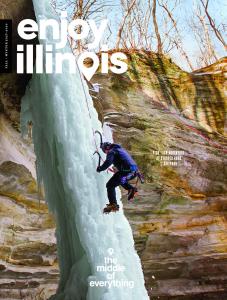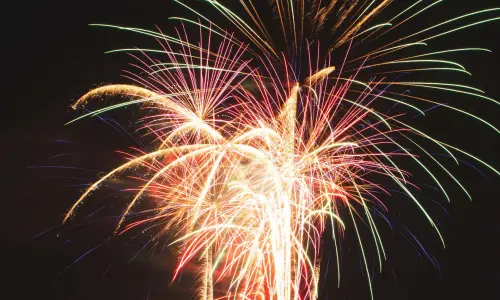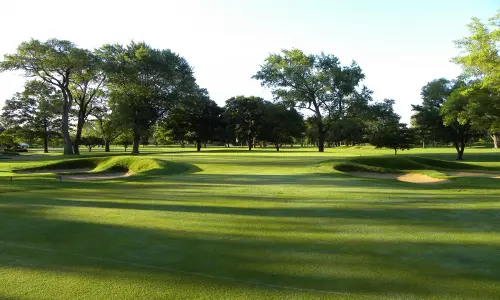
Where spectacular natural areas, proud local communities, and industrial skylines combine for a unique Chicago experience.
Stretching from downtown Chicago southwest to Park Forest, Illinois and southeast to Michigan City, Indiana, in the Calumet region you will find the uniquely Chicago intersection of spectacular natural areas, proud local communities, and industrial skylines.
Douglas Tomb and Pullman National Monument in Chicago and Indiana Dunes National Lakeshore in Indiana bookend this unparalleled area—two seemingly opposite landscapes which, united by the Calumet region, stand in surprising harmony. In this region, the natural beauty of parks and shores complement the stark skylines of industrial areas.
What makes the Calumet region so special is the diversity of its sites. At Pullman National Monument, sun-splashed streets with historic homes bring you back to Chicago’s rich and complex past as a railway hub—as well as the scene of the first African American labor movement. At Big Marsh, a combination of natural and gritty, post-industrial landscapes rush by as you bike along tracks that attract urbanites and nature lovers alike. At William W. Powers State Recreation Area, a silence envelops you as you fish in the serene waters of Wolf Lake. These are just a few of the places of discovery and opportunity that weave together the landscape—a region being transformed by an organization called the Calumet Collaborative and its many partners.
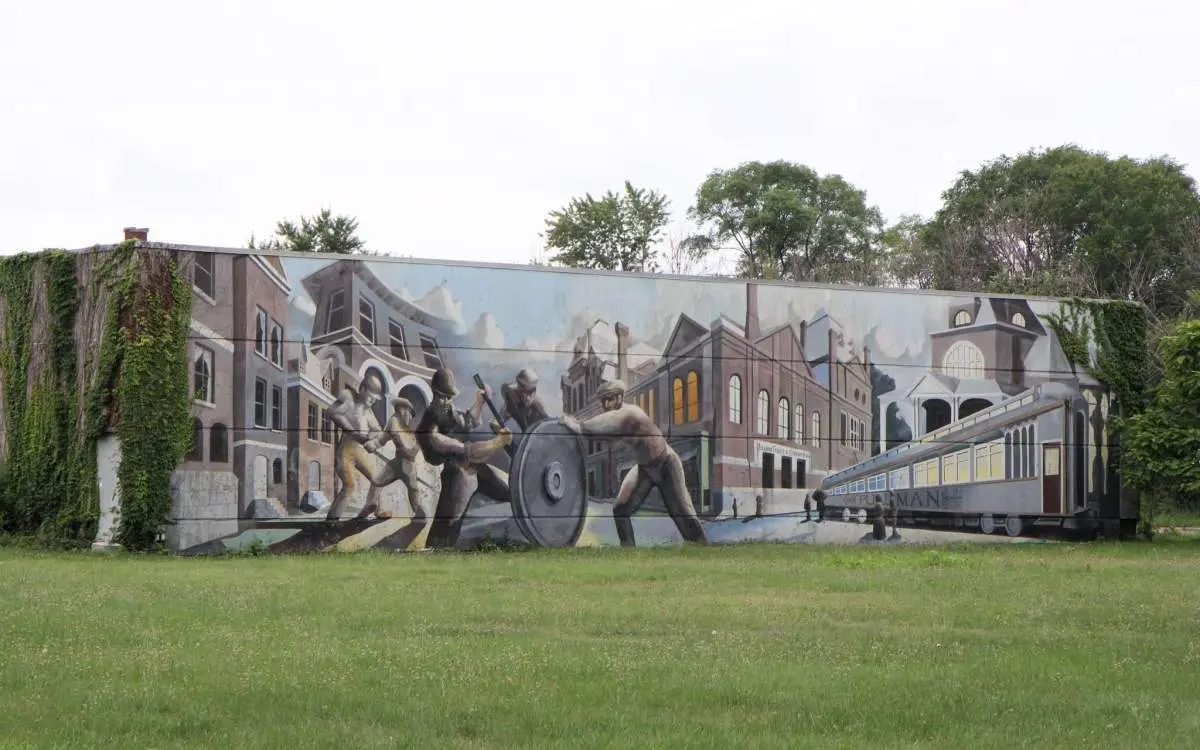
Pullman National Monument
Part of the Pullman Historic District on Chicago’s South Side, Pullman National Monument is renowned not only for its role as one of the first company towns in the U.S., but also for the diverse people and stories that make up its past and future. The country’s labor movement started on the sidewalks of Pullman, where railroad car factory workers flooded the streets to protest higher rents in the local community. Additionally, the first African American labor movement helped enact better pay and working conditions for the porters of the Pullman railcars. Many of the Pullman Porters migrated from the Deep South to Chicago, a movement that's at the root of the area's history and culture today.
Photo by Gabriel Charles Taylor
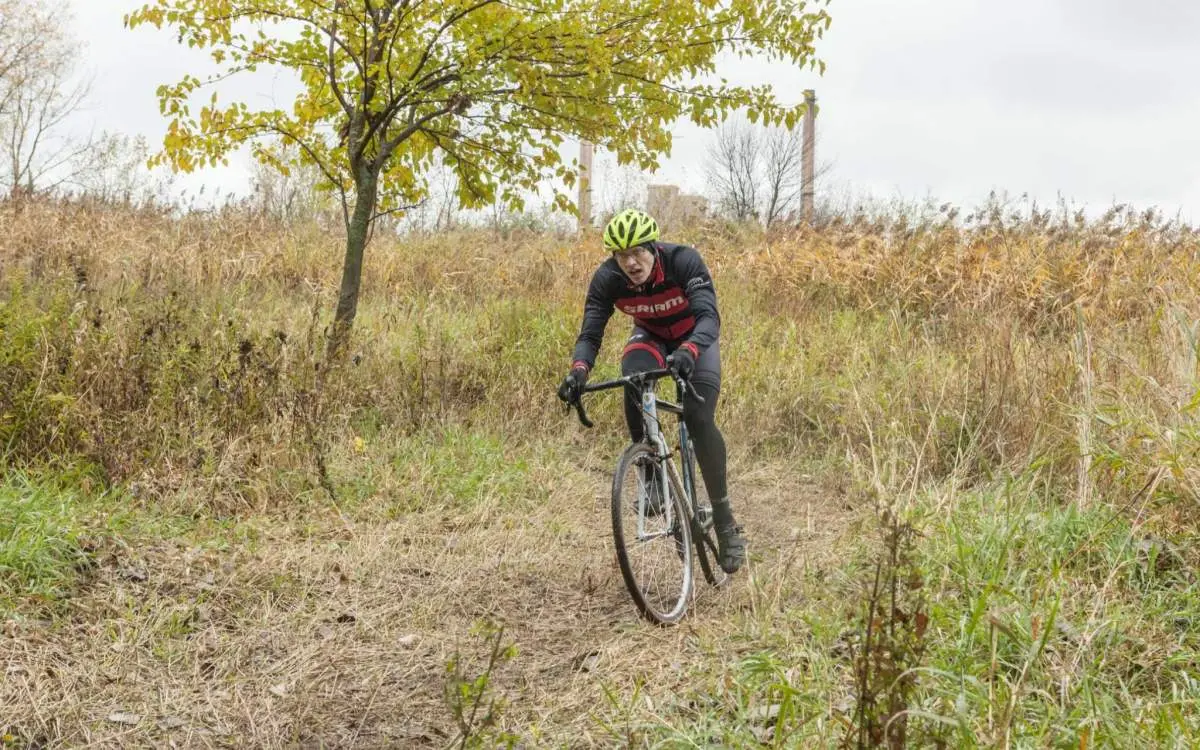
Big Marsh
Just east of Pullman and Lake Calumet, only 20 minutes southeast of the Chicago Loop, a one-time industrial property has transformed into a showcase of nature. Today, you can stroll through a lush marsh dotted with native wildflowers or hike along the trails in the nearly 240-acre natural area. Big Marsh also features a 40-acre mountain bike park that pays tribute to the area’s Big Steel past with industrial materials incorporated into the space.
Photo Credit: Thomas' Photographic Services
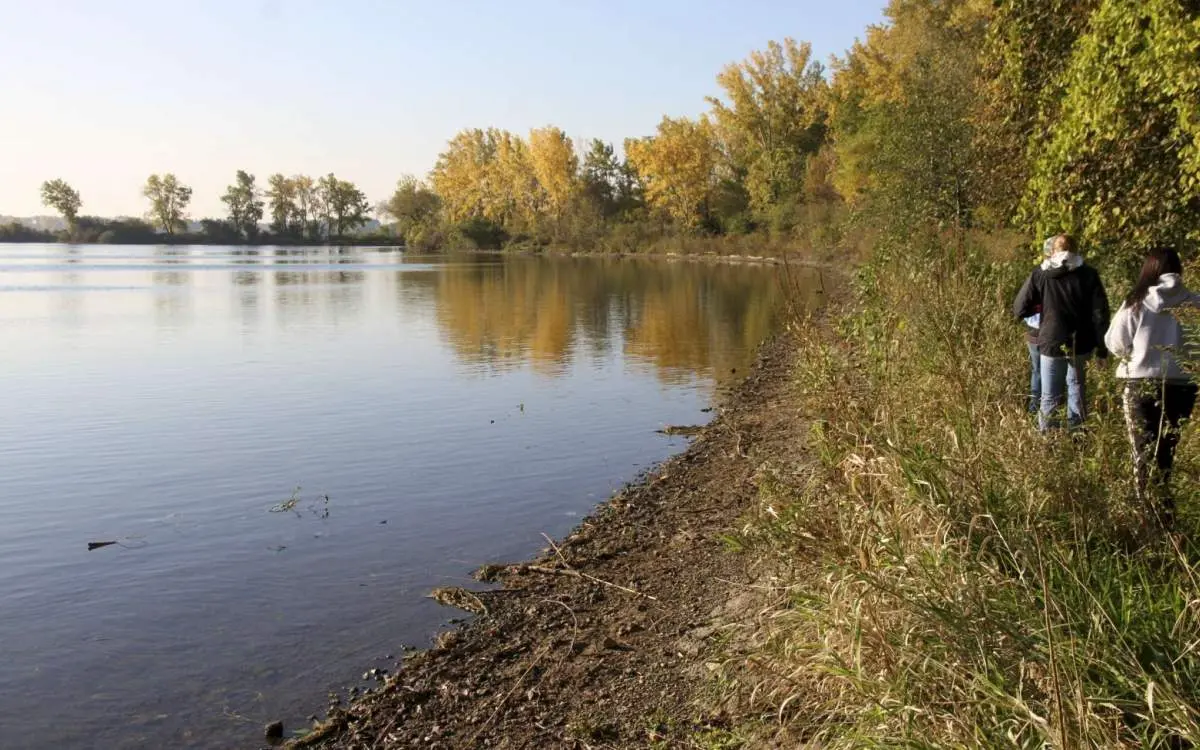
William W. Powers State Recreation Area
As you continue eastward, you'll cross Wolf Lake, home to the William W. Powers State Recreation Area. Situated on the Illinois–Indiana border, the park spans 580 acres, where you can picnic under willow and cottonwood trees, boat and fish on the natural lake, hunt for waterfowl, or bike and hike along trails that will lead you to other destinations in the region (such as the Burnham Greenway).
Photo by Alex Kudryavtsev
Share your Moments
#EnjoyIllinois
